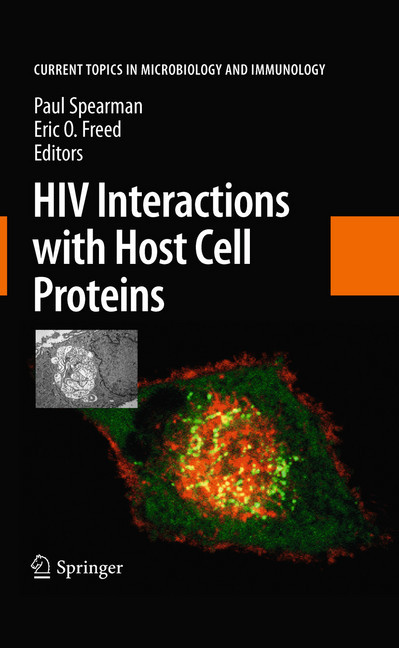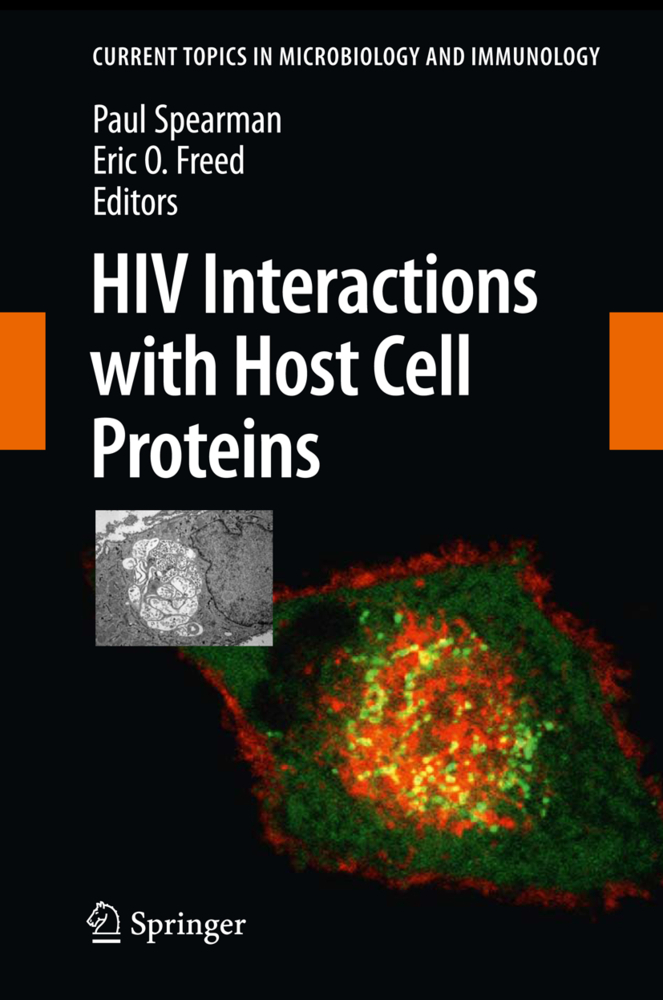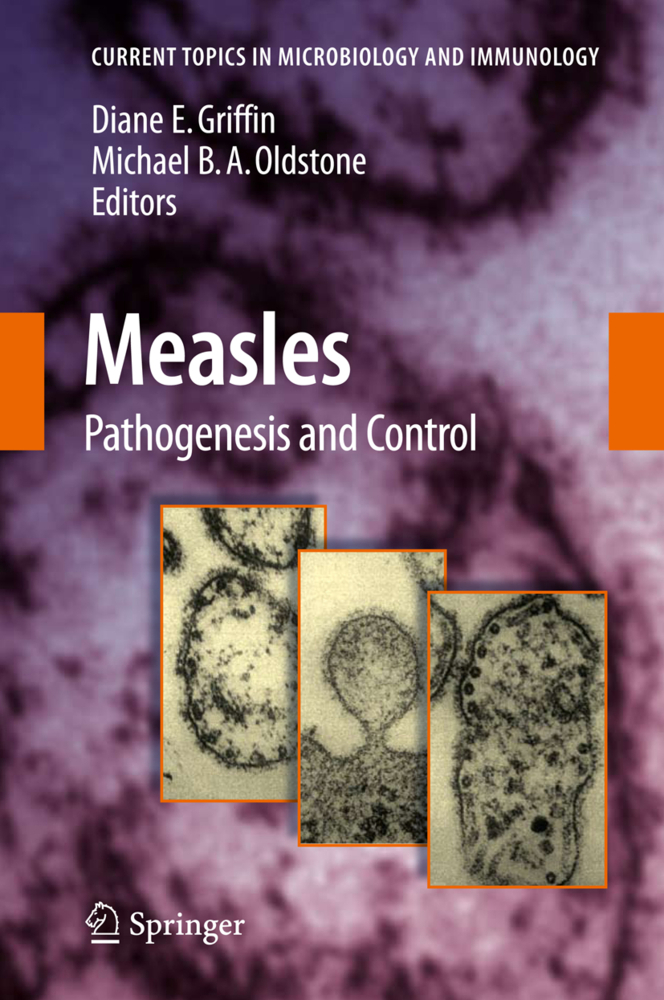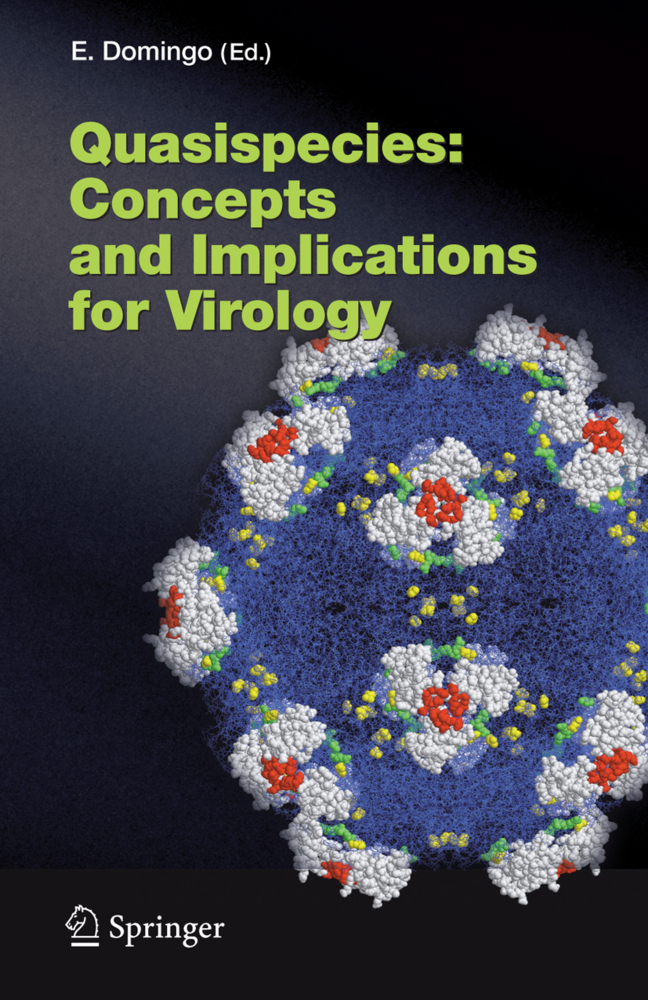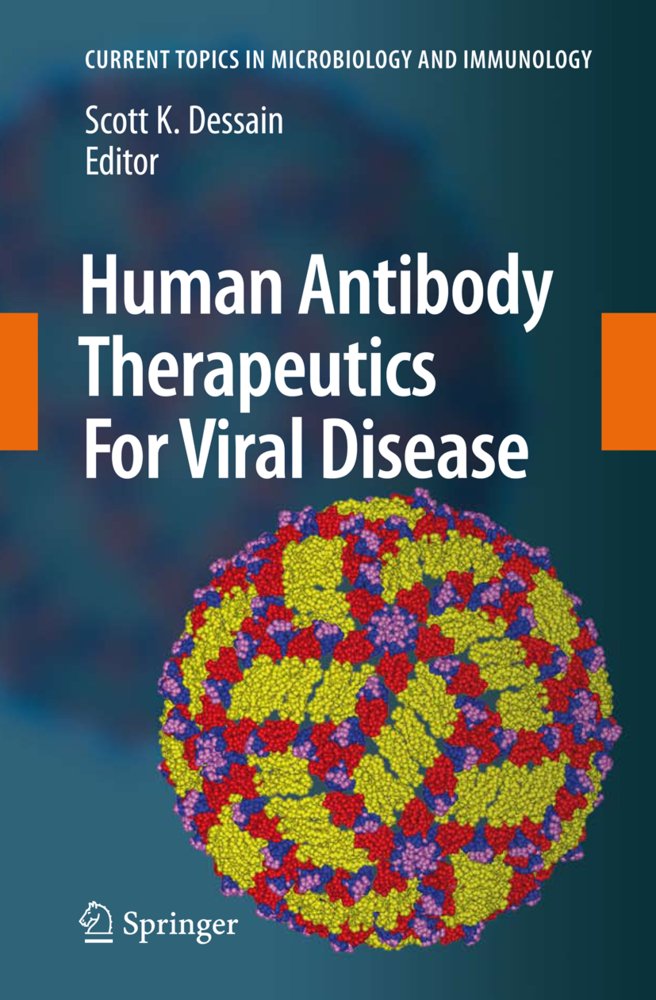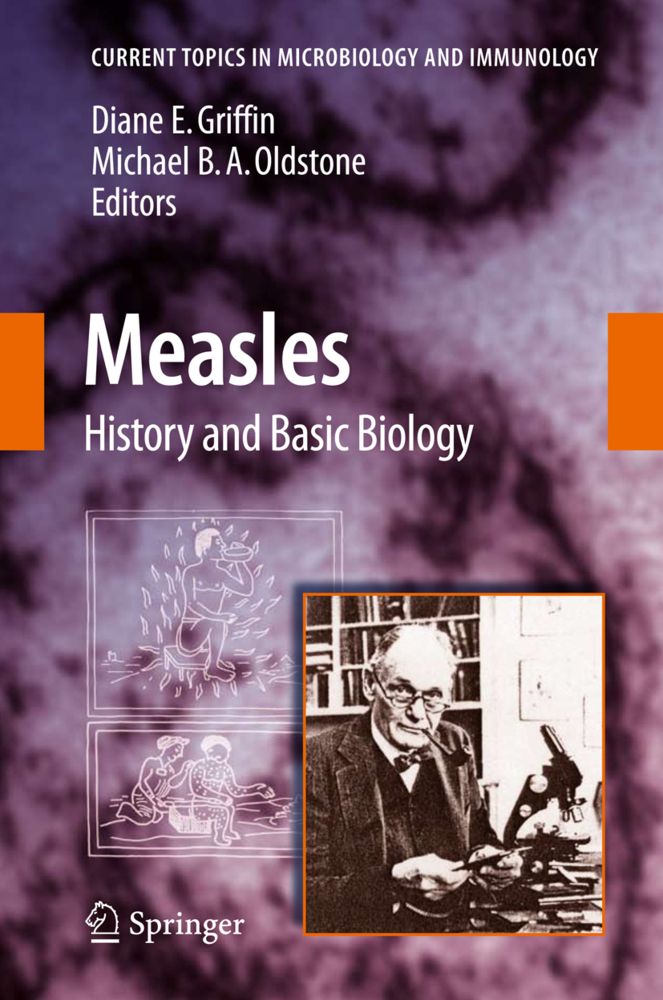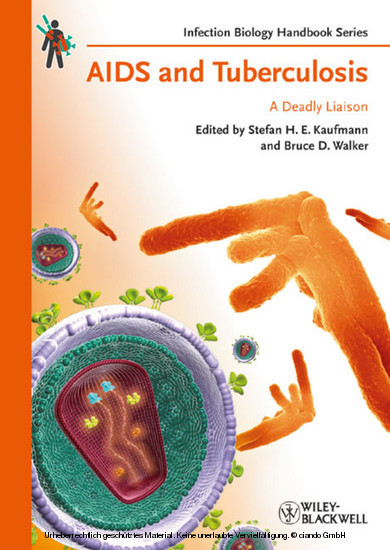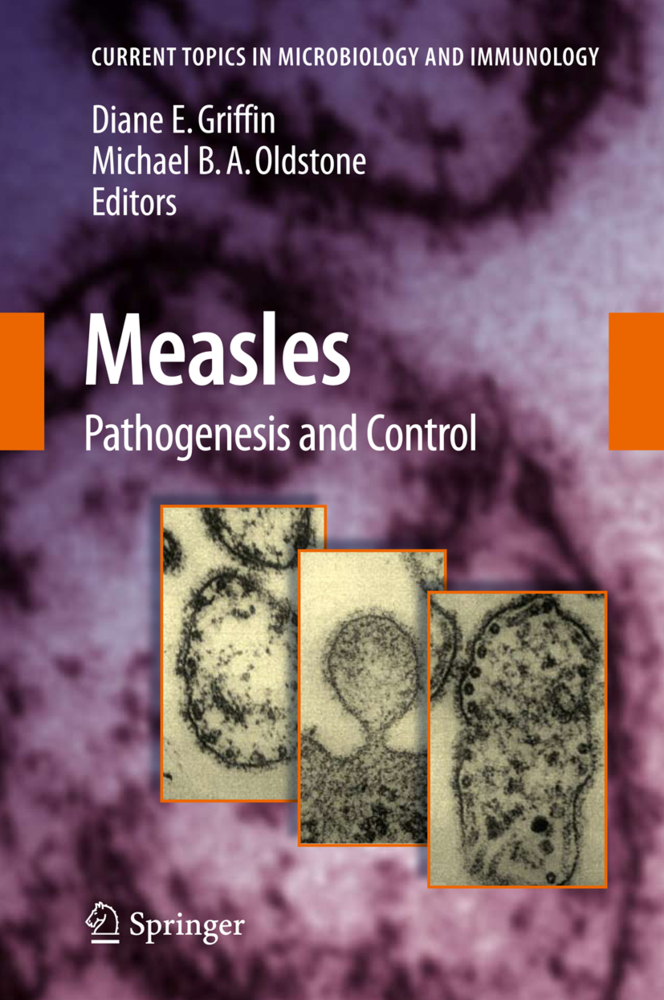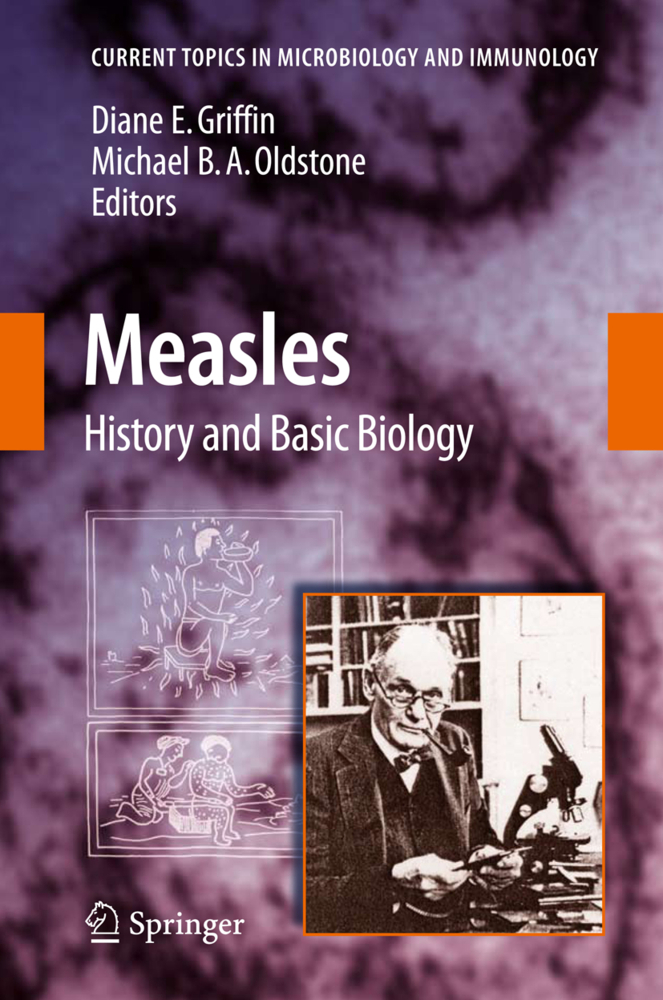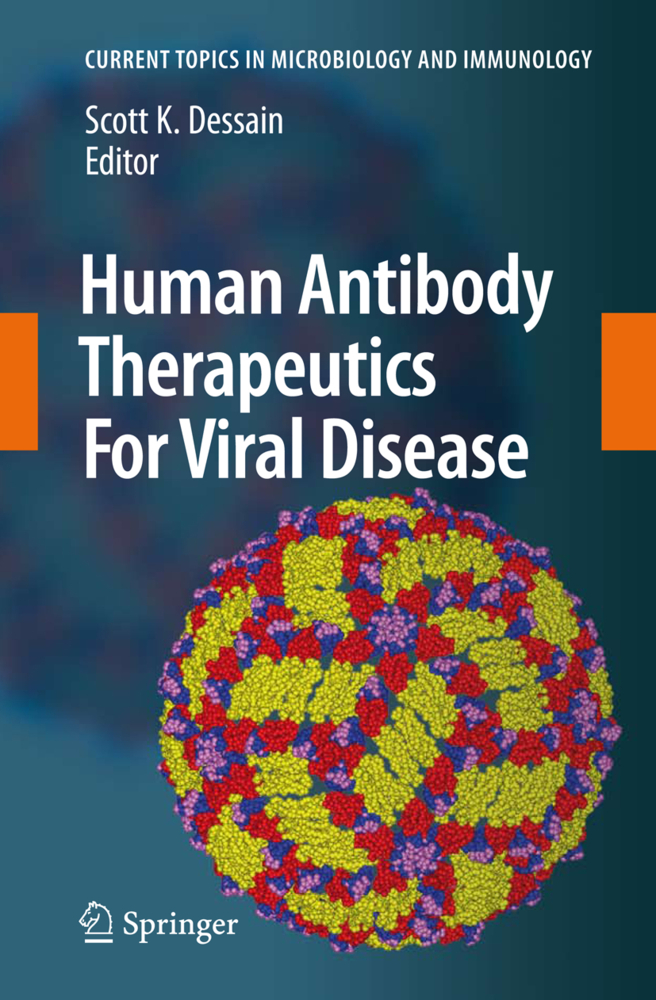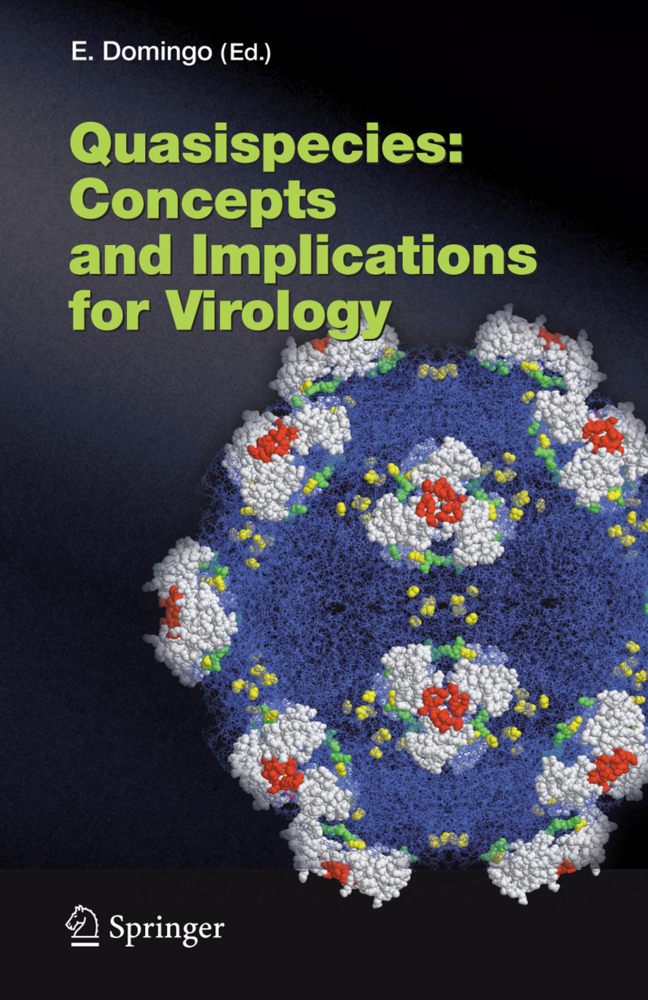The authors seek to understand the assembly process of human immunodeficiency virus (HIV) and to develop a vaccine that can effectively neutralize HIV. HIV assembly is a process directed by the viral Gag polyprotein. Gag is a myristoylated precursor protein that is translated in the cytoplasm and then traffics to the plasma membrane or to endosomal vesicles for assembly. The authors have recently described an interaction between Gag and the delta subunit of the AP-3 adaptor protein complex (1). The mechanism and structural basis for this interaction is now under intense study. Our hypothesis is that the AP-3 interaction is responsible for the trafficking of Gag to the multivesicular body (MVB) and that this event is part of a normal productive particle assembly pathway. The Vpu protein of HIV assists the virus assembly process through a poorly-defined mechanism. The authors have presented evidence that Vpu overcomes a host cell restriction to assembly (2). Vpu appears to act through interactions with the recycling pathways in the cell, rather than directly interacting with Gag (3). The nature of the host restriction to assembly that Vpu overcomes is a focus of our ongoing work.
1;162085_1_En_FM1_OnlinePDF.pdf;1 2;162085_1_En_1_Chapter_OnlinePDF.pdf;10 2.1;Chapter : Host Restriction of HIV-1 by APOBEC3 and Viral Evasion Through Vif;10 2.1.1;Introduction;11 2.1.2;Non-Permissive Cells and the Identification of A3G;11 2.1.3;The APOBEC Family of Cytidine Deaminases;12 2.1.4;The Antiviral Mechanism of APOEBC3 Proteins: Deaminase Dependent;16 2.1.5;The Antiviral Mechanism of APOEBC3 Proteins: Deaminase Independent;17 2.1.6;A3G Structural Features;19 2.1.7;Packaging of APOBEC3 Molecules;20 2.1.8;Vif Targets APOBEC3 Proteins for Proteasome-Mediated Degradation;21 2.1.9;Vif May also Inhibit A3G by Degradation-Independent Mechanisms;23 2.1.10;Specificity of the Vif:APOBEC Interaction;24 2.1.11;Vif and Cell Cycle Inhibition;26 2.1.12;Other Roles for Vif;26 2.1.13;Conclusions;27 2.1.14;References;27 3;162085_1_En_2_Chapter_OnlinePDF.pdf;35 3.1;Chapter : Interactions of Viral protein U (Vpu) with Cellular Factors;35 3.1.1;Introduction;36 3.1.2;Expression;36 3.1.2.1;Comparative Genetics;36 3.1.2.2;mRNA;36 3.1.2.3;Subcellular Distribution;37 3.1.3;Structure;37 3.1.3.1;Transmembrane Domain;37 3.1.3.2;Cytoplasmic Domain;38 3.1.4;Function;38 3.1.4.1;Recruitment of an E3-Ubiquitin Ligase Complex to Membrane Proteins;38 3.1.4.1.1;CD4;39 3.1.4.1.2;BST-2/CD317;39 3.1.4.2;Interference with Degradation of Host Cell Proteins;39 3.1.4.2.1;Ikappabeta;40 3.1.4.2.2;beta-catenin;40 3.1.4.3;Ion Channel Activity;40 3.1.4.4;Delay in Protein Traffic Along the Biosynthetic Pathway;41 3.1.4.5;Enhancement of Virion-Release;41 3.1.4.6;Evasion of Adaptive Immunity;42 3.1.4.6.1;Downregulation of MHC-I;43 3.1.4.6.2;Downregulation of MHC-II;43 3.1.4.6.3;Upregulation of CD40;43 3.1.5;Interactions with Cellular Proteins;43 3.1.5.1;beta-TrCP;43 3.1.5.2;CD4;44 3.1.5.3;BST-2;44 3.1.5.4;CAML;47 3.1.5.5;Invariant Chain of MHC-II;47 3.1.5.6;UBP;48 3.1.5.7;TASK-1;48 3.1.6;Conclusion;48 3.1.7;Acknowledgements;49 3.1.8;References;49 4;162085_1_En_3_Chapter_OnlinePDF.pdf;54 4.1;Chapter : TRIM5alpha;54 4.1.1;Introduction;55 4.1.2;Postentry Restrictions;55 4.1.2.1;Fv1;55 4.1.2.2;Ref1 and Lv1;56 4.1.3;TRIM5a;57 4.1.3.1;Identification of TRIM5a Restriction;57 4.1.3.2;TRIM5a;57 4.1.3.3;TRIMCyp;60 4.1.4;Restriction Activity of TRIM5a;61 4.1.4.1;Interspecies Variation of TRIM5a and Retroviral Restriction;61 4.1.4.2;Role of TRIM5a Domains;62 4.1.4.3;How TRIM5a Works?;63 4.1.4.3.1;Inhibition of Normal Uncoating;63 4.1.4.3.2;Ubiquitin Ligase Activity of TRIM5a;64 4.1.4.3.3;Proteasome;64 4.1.4.3.4;TRIM5a Turnover;65 4.1.4.3.5;TRIM5a dynamics and trafficking;65 4.1.4.3.6;Cyclophilin A;66 4.1.4.4;Polymorphism;66 4.1.5;Conclusion;67 4.1.6;References;67 5;162085_1_En_4_Chapter_OnlinePDF.pdf;74 5.1;Chapter : Human Immunodeficiency Virus Type-1 Gag and Host Vesicular Trafficking Pathways;74 5.1.1;Introduction;75 5.1.2;Gag and Late Endosome Compartments/MVBs;76 5.1.3;Gag and ESCRT;78 5.1.4;Plasma Membrane-Specific Interactions: Lipid Raftsand PI(4,5)P2;80 5.1.5;Role of Adaptor Protein Complexes in HIV Assembly;81 5.1.6;GGAs, Arf Proteins, and Assembly;85 5.1.7;Role of Rab GTPases and Host Motor Proteins in HIV Assembly;85 5.1.8;Conclusions;87 5.1.9;References;88 6;162085_1_En_5_Chapter_OnlinePDF.pdf;92 6.1;Chapter : The Roles of Tetraspanins in HIV-1 Replication;92 6.1.1;Introduction;93 6.1.2;Tetraspanins: Organizers of Membrane-Based Processes;94 6.1.2.1;Structure and Subcellular Distribution of Tetraspanins;94 6.1.2.2;Cellular Functions of Tetraspanins;95 6.1.3;Tetraspanins are Regulators of HIV-1 Replication;96 6.1.3.1;Tetraspanins are present at viral exit sites;96 6.1.3.2;Tetraspanins in HIV-1 Virions Inhibit Env-Induced Membrane Fusion;98 6.1.3.3;Tetraspanins Regulate HIV-1 Entry and the Transcription of the Viral Genome in Newly Infected Cells;99 6.1.3.4;Tetraspanins Regulate Cell-to-Cell Transmission of HIV-1;100 6.1.3.5;How do Tetraspanins Regulate HIV-1 Entry, Viral Protein Expression, and Env/Receptor-Mediated Fusion Processes?;102 6.1.3.5.1;Tetraspanin Functio
| ISBN | 9783642021756 |
|---|---|
| Artikelnummer | 9783642021756 |
| Medientyp | E-Book - PDF |
| Auflage | 2. Aufl. |
| Copyrightjahr | 2009 |
| Verlag | Springer-Verlag |
| Umfang | 204 Seiten |
| Sprache | Englisch |
| Kopierschutz | Digitales Wasserzeichen |

